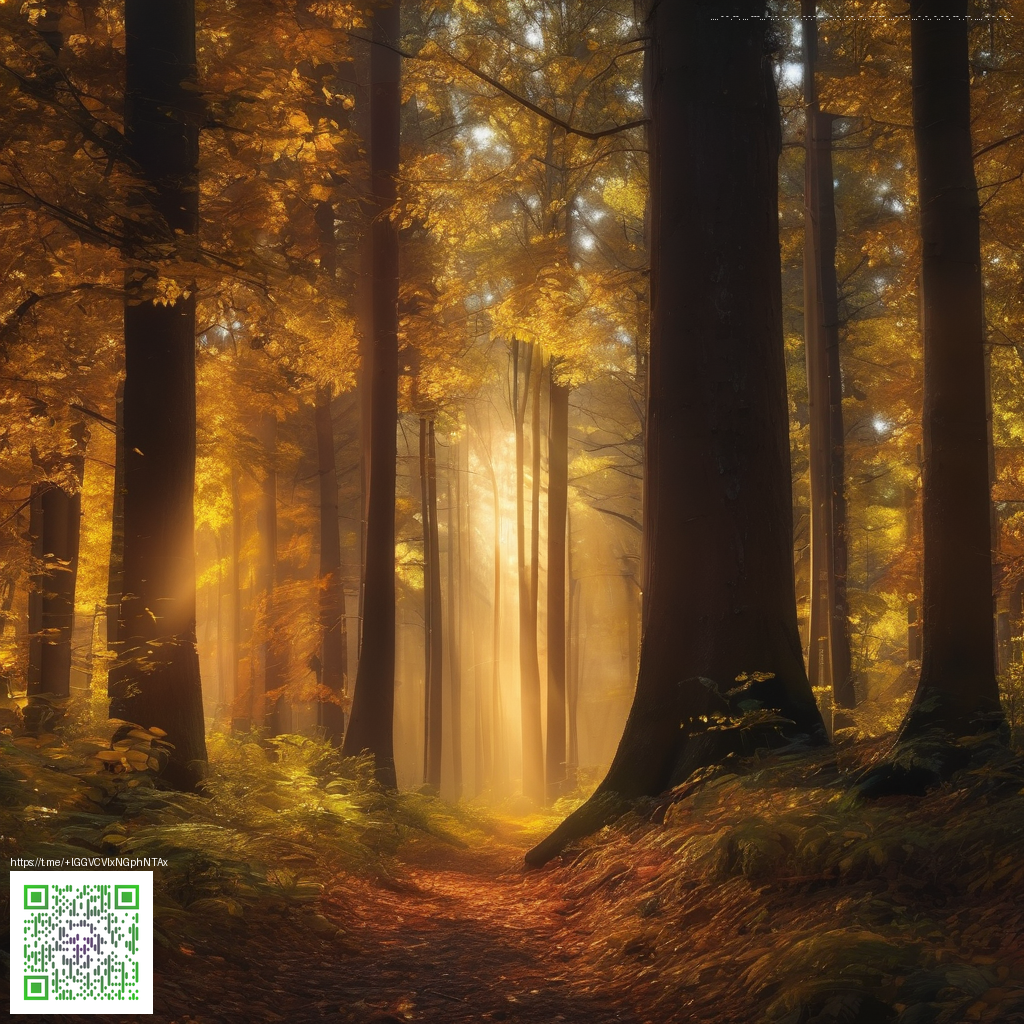
The Subtle Power of Texture in Visual Perception
Texture isn’t just a surface detail; it’s a cognitive shortcut your brain uses to infer material properties, temperature, weight, and even intent. When light dances across a surface, countless micro-variations in tone and pattern create the illusion of roughness or smoothness. Those cues flash by in a fraction of a second, shaping judgments about quality, usability, and risk without a single word being said. For designers, recognizing texture as a language—one that communicates before you speak—can elevate both aesthetics and usability.
Texture acts as a design language. Even with color pared back, the density of grain, the direction of a brushed line, or the softness of a matte finish conveys material quality and purpose. These visual cues guide how your audience perceives weight, durability, and required care. For a concise overview of these ideas, see the source page.
Texture as a Design Language
Texture operates at multiple scales, from macro patterns you can feel with the eye to micro textures that register in the brain’s fast, automatic processing. A fine, even grain can read as premium and refined, while a coarse, irregular finish communicates ruggedness and resilience. In digital contexts, designers simulate texture through subtle grain, gentle noise, and soft shadows to create depth—without overwhelming the user. The result is a surface that feels real, even on a flat screen, and a brand experience that resonates with trust and clarity.
Texture is not just decoration; it’s the experiential cue that guides how we act, touch, and respond to a product.
Texture in Practice: Perception and UI/UX
In interface design, texture is often kept understated to avoid visual noise. Yet, when used thoughtfully, it can anchor hierarchy, reduce fatigue, and invite interaction. Subtle grain behind panels can prevent the interface from appearing flat, while well-placed highlights and shadows imply depth and affordance—suggesting where to click or swipe. In packaging and photography, texture cues signal function: a matte, grippy back panel reads as durable and practical, whereas a smooth, glossy finish can convey luxury or precision. The psychology of texture reminds us to test contrast not only for color but for tactile inference as well.
Key Texture Cues to Consider
- Roughness signals durability and rugged use.
- Grain scale affects perceived quality; finer grains often feel premium.
- Contrast between highlight and shadow defines depth.
- Pattern density guides attention and creates rhythm.
- Sheen and finish influence warmth and approachability.
- Consistency between material cue and expected behavior builds trust.
If you’re shaping texture in your own design, start with the emotional tone you want and pair it with a material analogy—metallic, fabric-like, or organic. This helps determine where texture will have the most impact: product visuals, user interfaces, or physical packaging. For a broader sense of how texture translates across mediums, you can explore the surface cues on the source page linked above.
Practical takeaway: texture should serve perception and function, not merely adornment. When texture aligns with the intended use and user expectations, it reinforces usability, credibility, and delight.